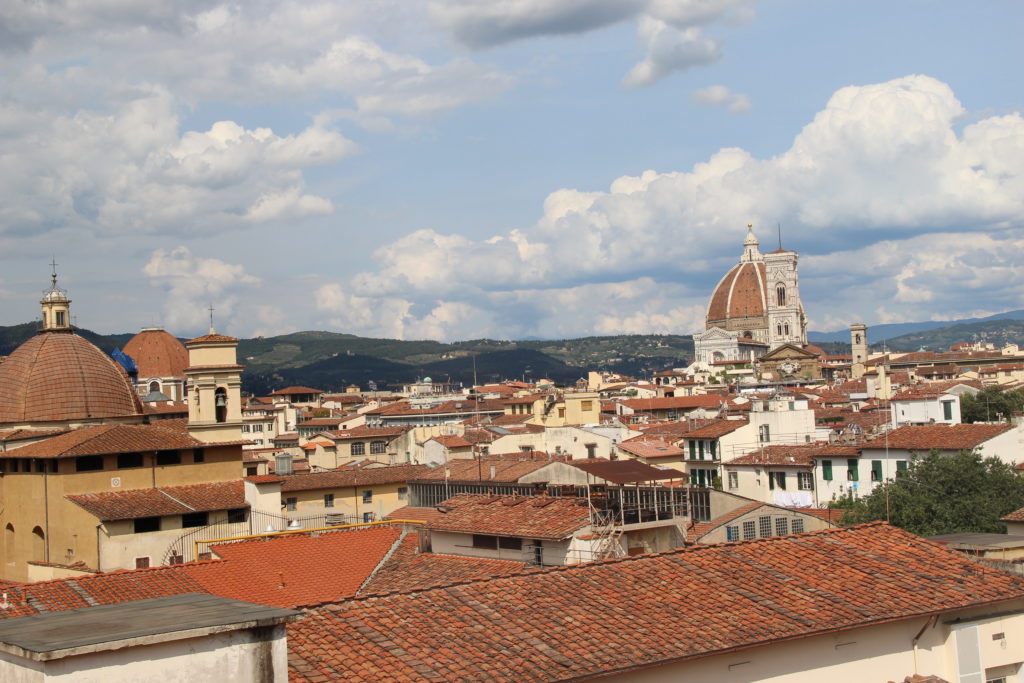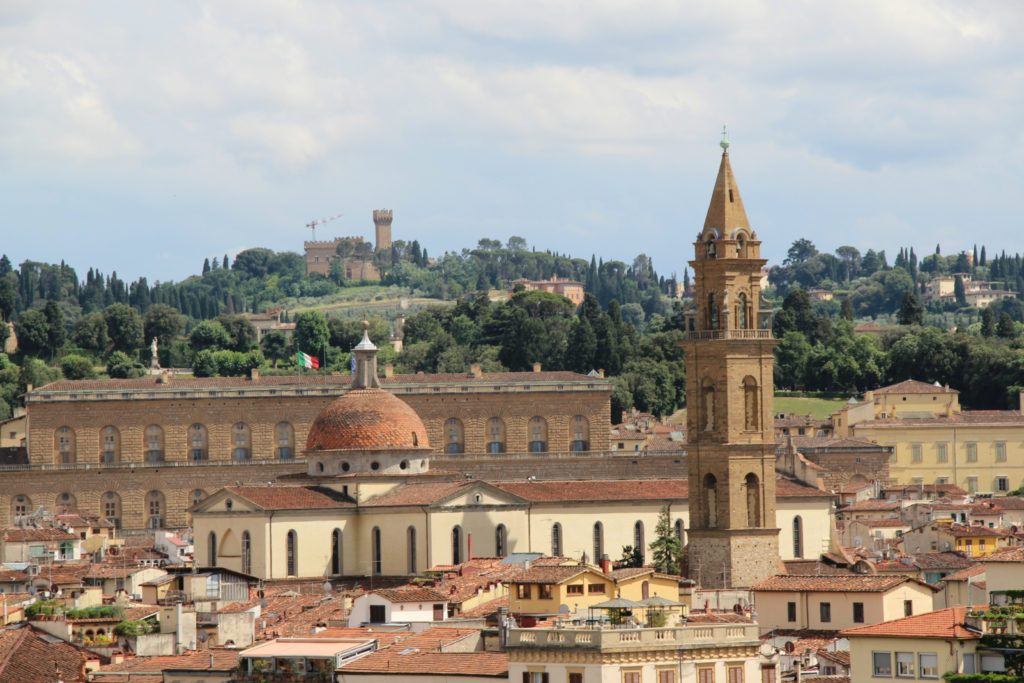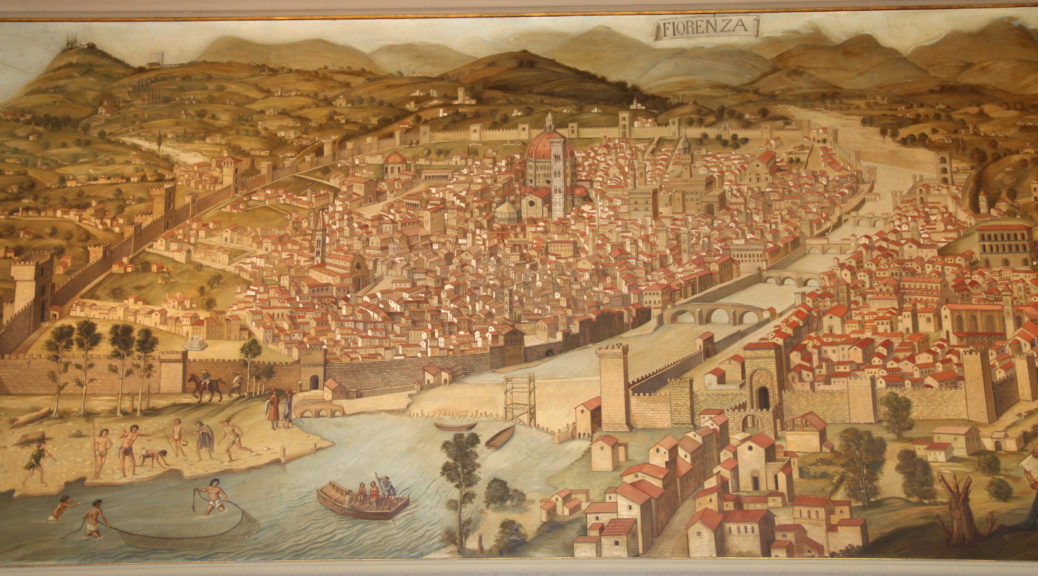
Florence (Part Three)
As I shared with you in my first post, Florence has many art galleries and museums. Michelangelo’s David, representing the David in the Bible, is displayed in the Accademia Gallery. Michelangelo sculpted it between 1501 and 1504. We were not allowed to take pictures in the Gallery, so the one I am sharing with you is one I purchased. David is in a circular room – tourists can walk completely around the statue. It is seventeen feet tall and made of Carrara marble.
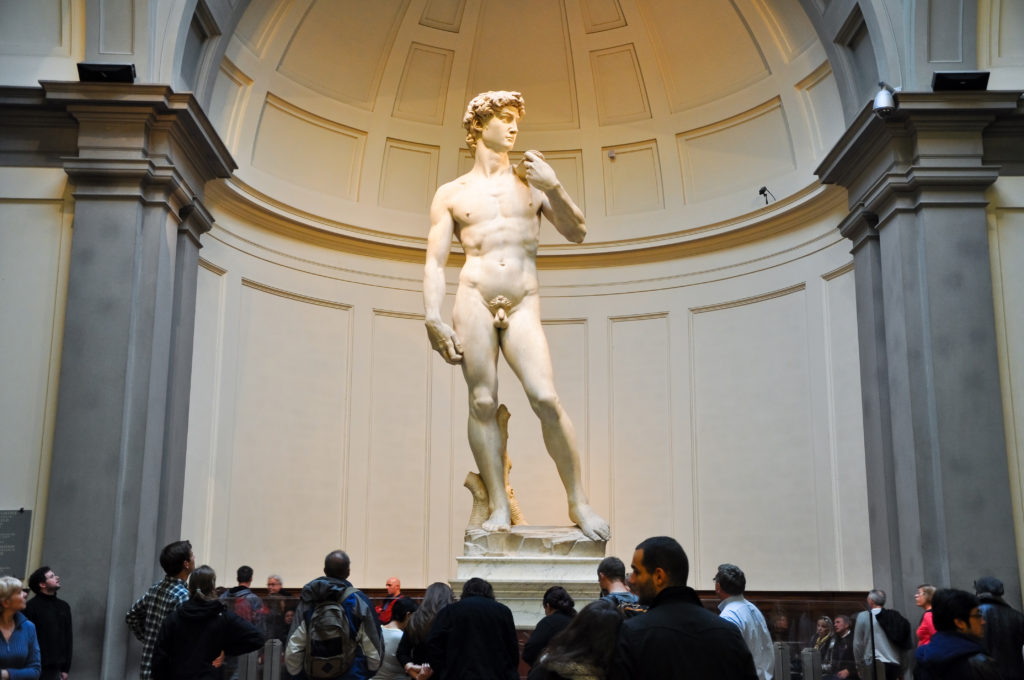
The Pitti Palace was once home to the Medici Family but now is the site of several museums. We did not go inside the Palace itself, but did visit the Boboli Gardens and the Porcelain Museum. The Boboli Gardens is actually a garden of statues. They are very ornate considering the fact that, at the time, they were for the family and not open to the public.
In the pictures below, you will see the Pitti Palace as viewed from the gardens and also the amphitheater as viewed from outside the Palace. The Egyptian obelisk and the Roman basin were brought from the Villa Medici in Rome. I have also included a picture of the Fontana of the “Carciofo” or the Fountain of the Artichoke. In the first picture below, you can just see it behind the obelisk.
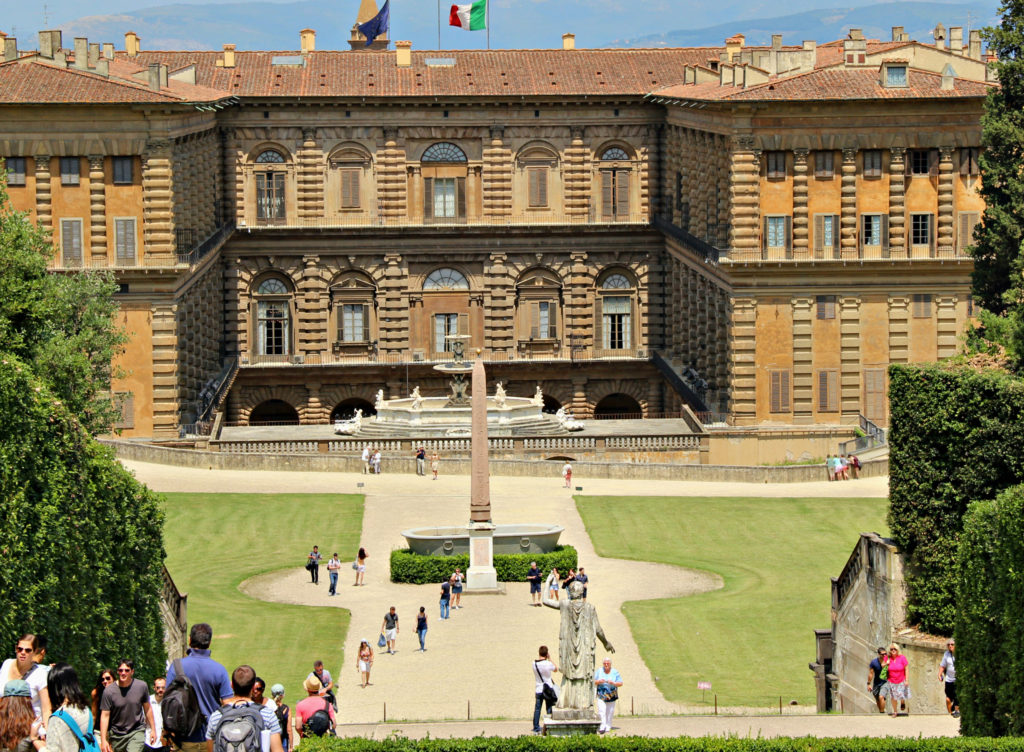
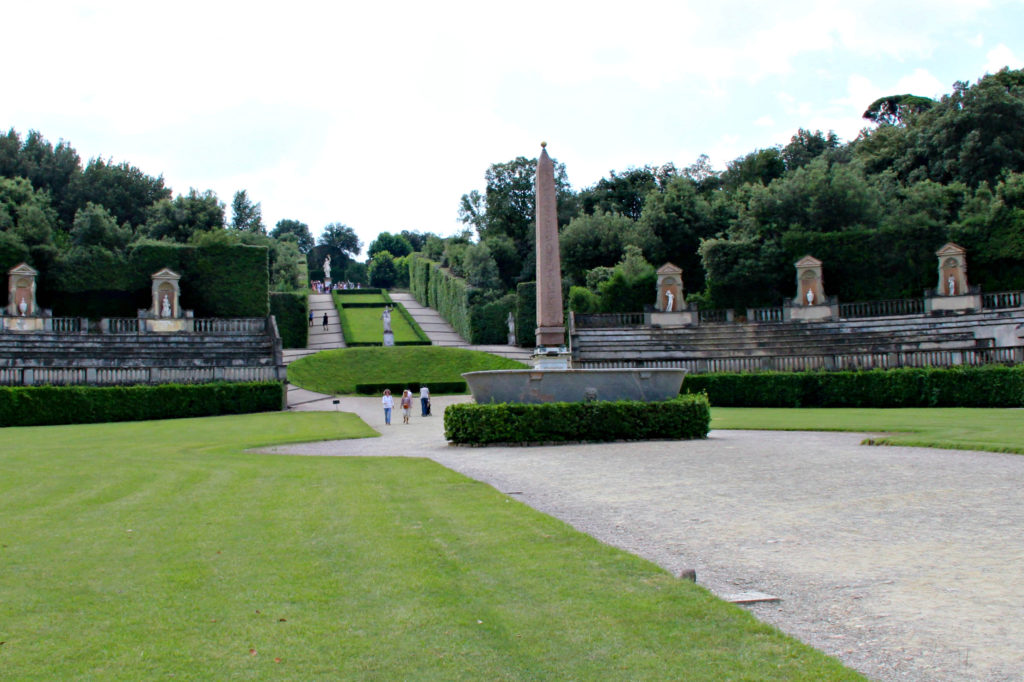
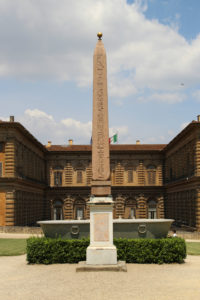
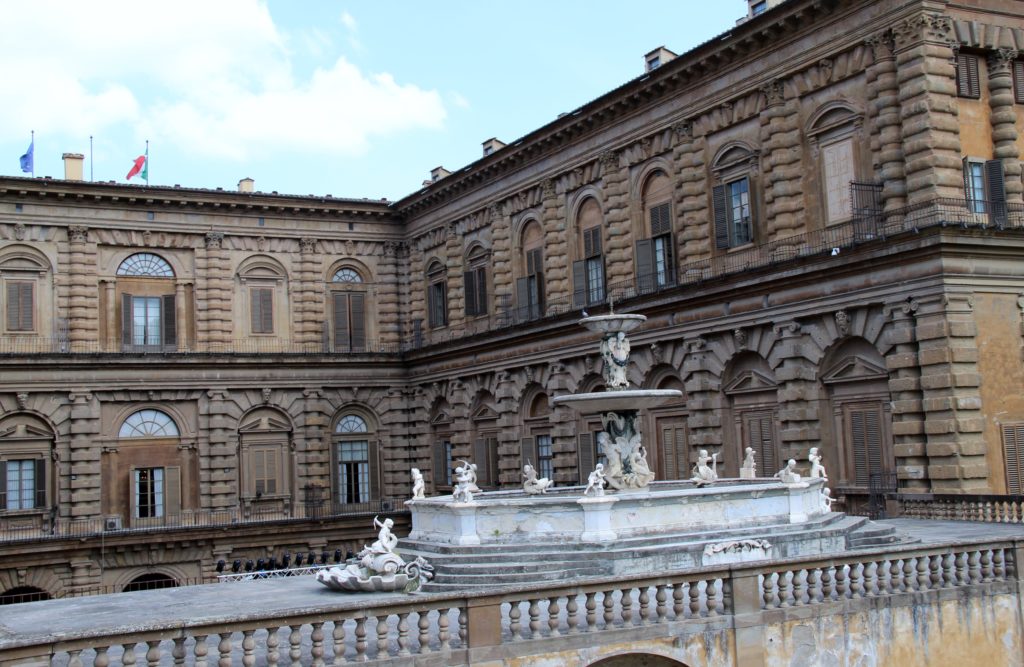
These are some of the statues we saw as we walked through the gardens. The first picture shows some of the statues in the amphitheater. Next is Neptune’s Fountain. The third statue is made of bronze and is entitled Tindaro Screpolato. I don’t know the name of the last statue, but he seemed to be encouraging us to continue down the path.

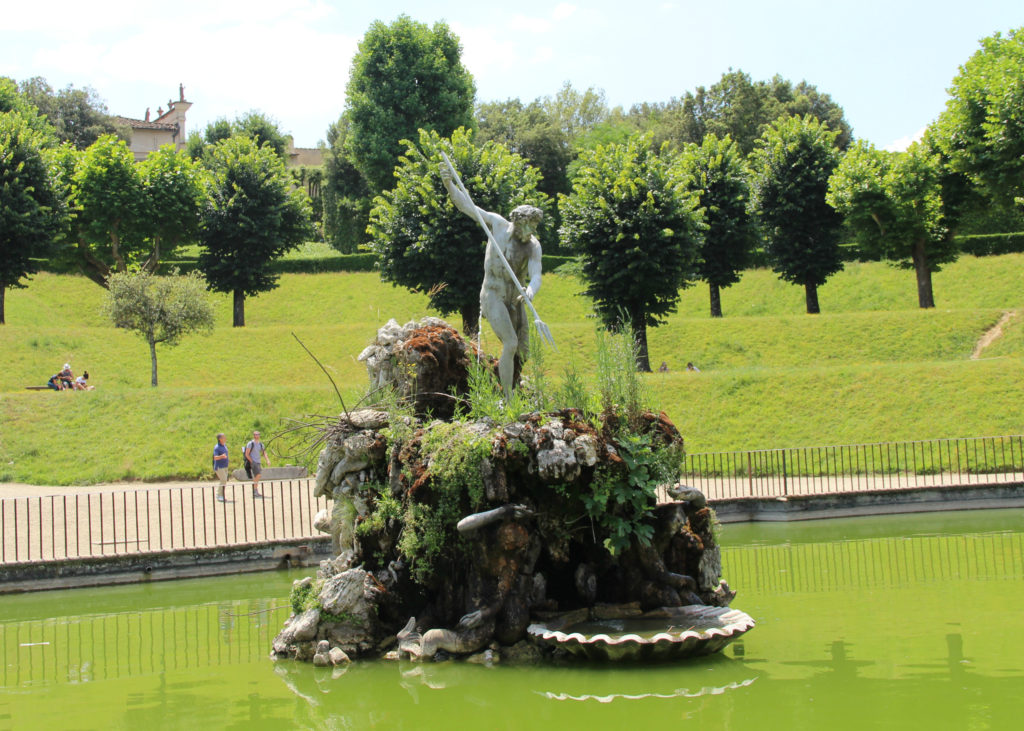
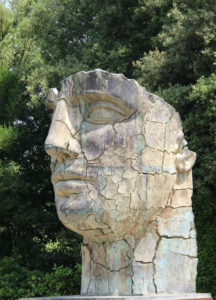
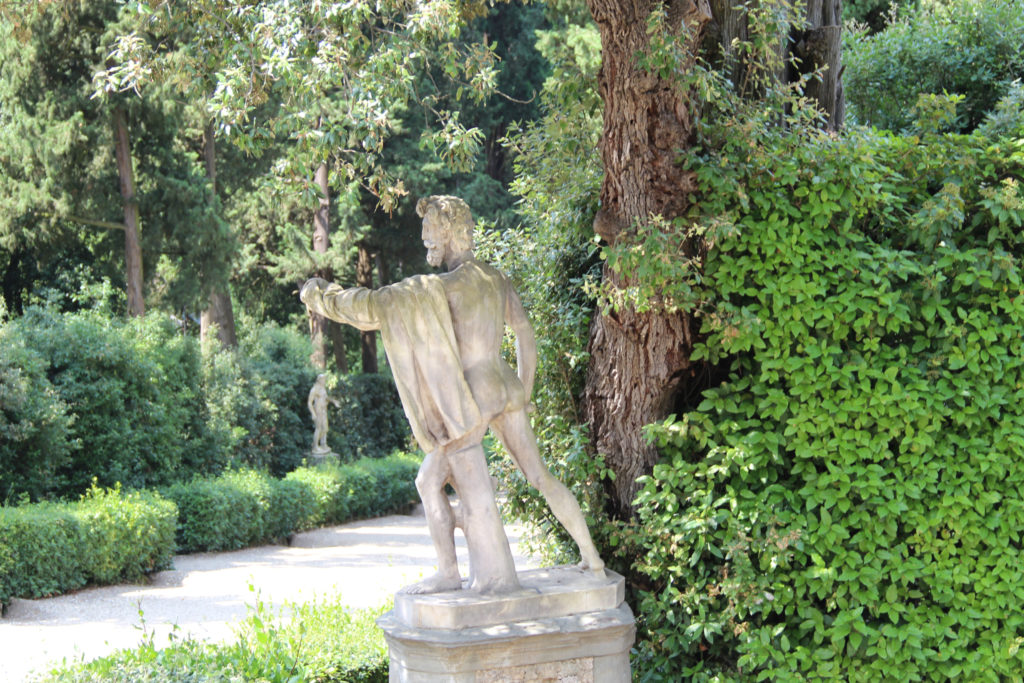
As we hiked (it was a very hilly hike) we came across the Porcelain Museum. It displays china belonging to the Grand Dukes of Florence. The last picture was taken at the top of the steps which led to the Porcelain Museum.
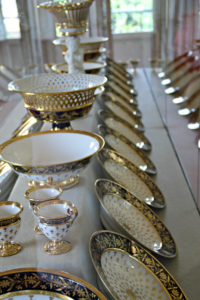
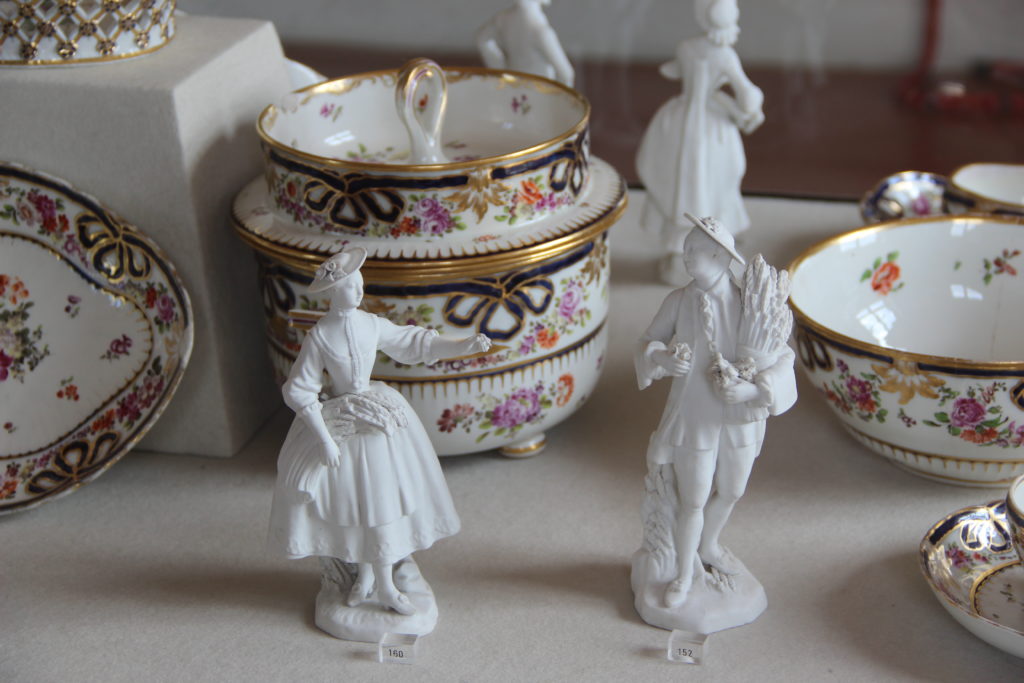

We also visited a very different kind of museum, the Galileo Museum. Two of our fellow travelers, a young couple who were both teachers, arranged a tour of the Museum for those of us who were interested. Over half of our group took advantage of this opportunity. I have included just a few samples of the displays. My husband is a retired physics teacher so I will share with you my interpretation of his explanations. The first picture is a Wimshurst Machine which generates static electricity. The second is a model of the universe which depicts the “Ptolemaic Geocentric System” where the earth is viewed as the center of the universe. Galileo rejected this theory which put him in conflict with the church. The next picture is from one of Galileo’s books. The last picture is Galileo’s Inclined Plane. He would have used this to study motion. Galileo was interested in how gravity affected acceleration and his Inclined Plane helped him study this.



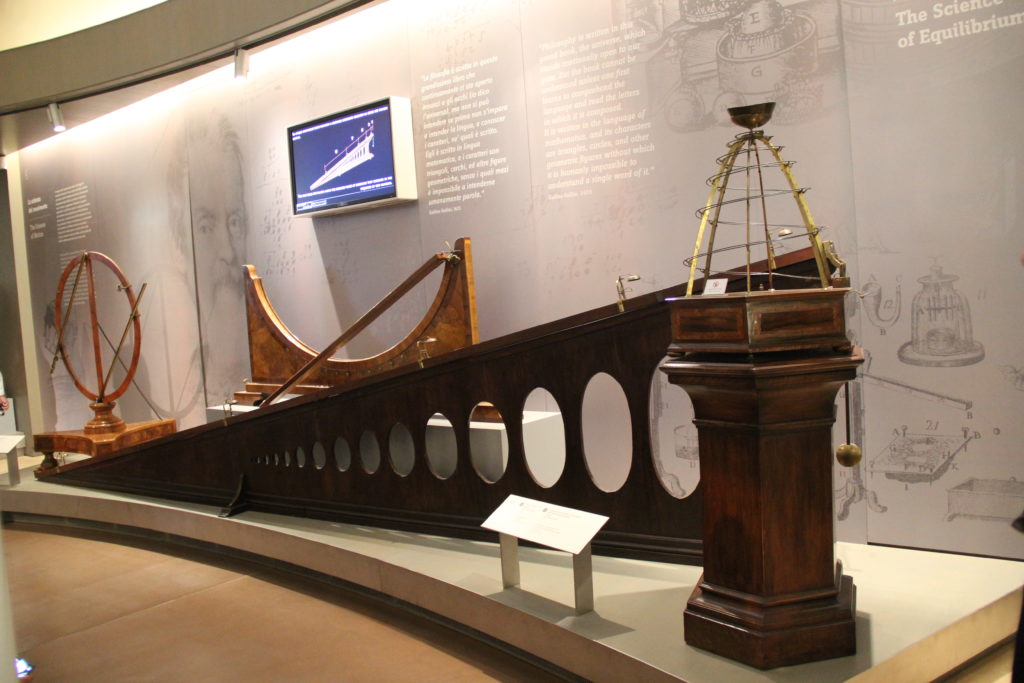
I am finishing this post with pictures we took of the Florence skyline.
